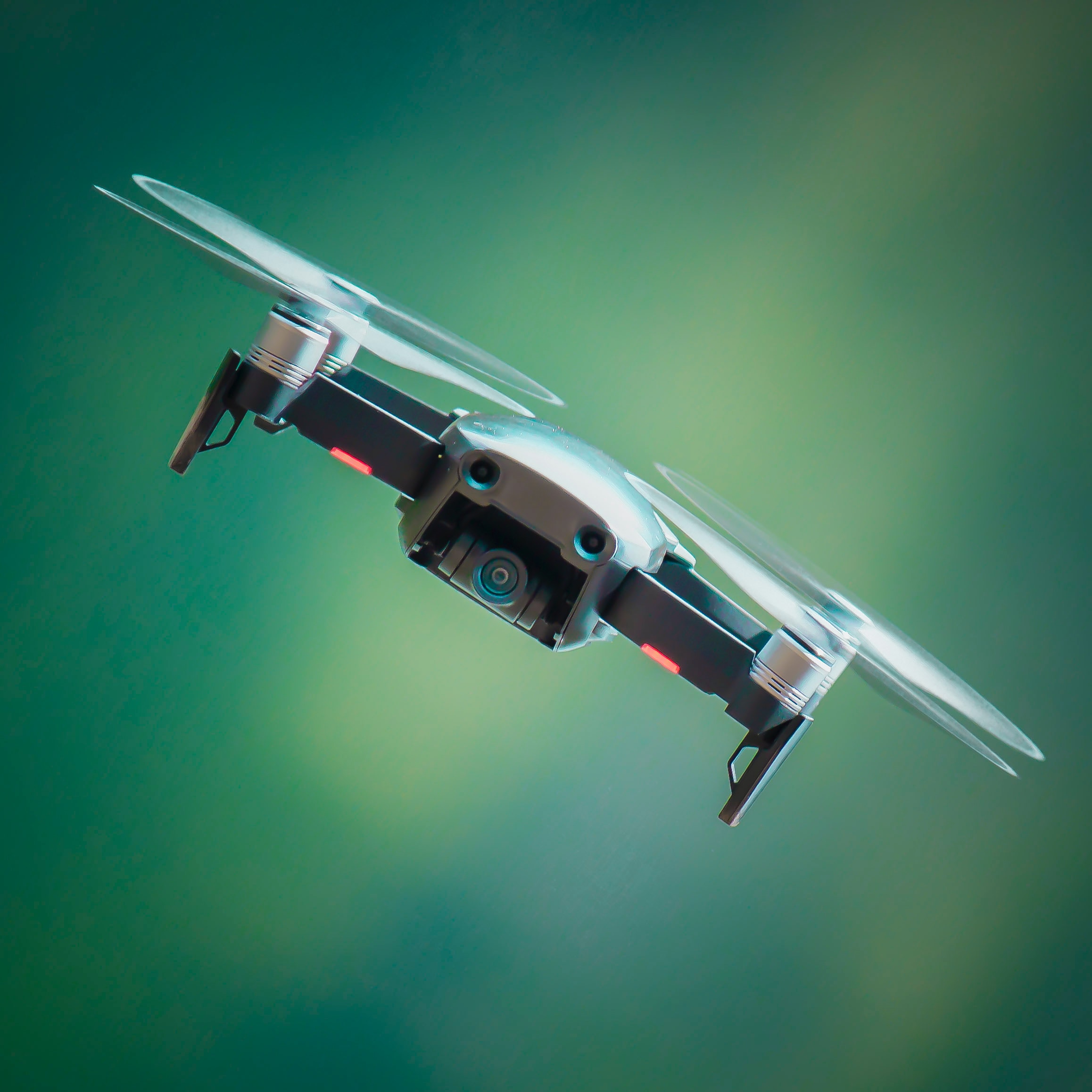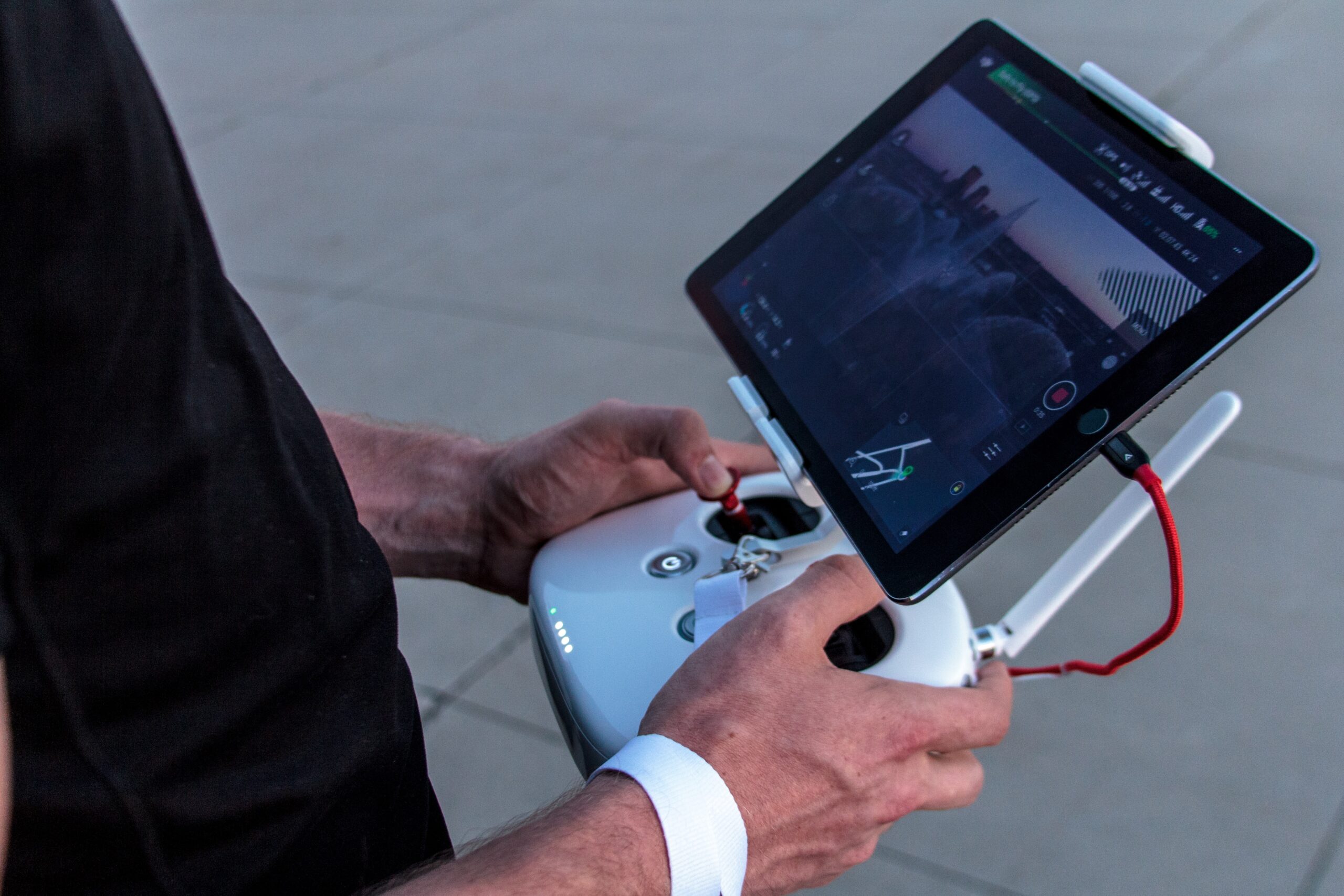
The Science Behind DJI Drones: How Do They Fly
Do you ever wonder how DJI drones effortlessly soar through the sky, capturing stunning aerial footage?
The science behind their flight is a fascinating blend of aerodynamics, technology, and precision engineering. It’s like watching a graceful dance between the drone and the forces of nature.
Just like a bird, DJI drones rely on the principles of aerodynamics to generate lift and counteract drag. Their propellers and motors create the necessary thrust to keep them airborne, while flight controllers, gyroscopes, and accelerometers work together to maintain stability.
GPS and navigation systems ensure precise positioning, while advanced battery technology powers their flight. With safety features like fail-safes and obstacle avoidance systems, DJI drones are designed to navigate the skies with ease.
So, let’s delve into the intricate science that makes DJI drones take flight.
The Principles of Aerodynamics
To understand the flight of DJI drones, you need to grasp the principles of aerodynamics. Aerodynamics is the study of how objects move through the air. When it comes to drones, there are four main principles at play.
The first principle is lift. Lift is the force that allows the drone to stay in the air. It’s generated by the movement of air over the wings or propellers.
The second principle is thrust. Thrust is the force that propels the drone forward. It’s created by the rotation of the propellers.
The third principle is drag. Drag is the resistance that opposes the motion of the drone. It’s caused by the friction of the air against the drone’s body.
The fourth principle is weight. Weight is the force that pulls the drone downwards.
Lift and Drag: How DJI Drones Stay Airborne
To understand how DJI drones are able to stay in the air, you need to grasp the concepts of lift and drag.
Lift is the force that opposes the weight of the drone, keeping it airborne. It’s generated by the movement of air around the wings or propellers of the drone. The shape and angle of the wings or propellers, known as the airfoil, play a crucial role in creating lift. By generating a pressure difference between the top and bottom surfaces of the airfoil, the drone is lifted into the air.
However, lift isn’t the only force at play. Drag, the resistance the drone encounters as it moves through the air, is also present. It’s caused by the friction and turbulence between the drone and the air molecules. Designing the drone to minimize drag is essential for achieving efficient flight and longer battery life.
Understanding Thrust: Propellers and Motors
Now let’s delve into the mechanics of how DJI drones achieve lift by exploring the crucial role played by propellers and motors.
Propellers are the key components that generate the necessary thrust to lift the drone off the ground. These rotating blades create a pressure difference between the top and bottom surfaces, creating lift.
The motors, on the other hand, are responsible for spinning the propellers at high speeds. They convert electrical energy from the drone’s battery into rotational motion, which in turn drives the propellers.
The power and efficiency of the motors directly affect the thrust generated, allowing the drone to ascend, descend, and maneuver in the air.
The Role of Flight Controllers in DJI Drones
Flight controllers in DJI drones play a crucial role in ensuring the stability and control of your aircraft during every flight. These sophisticated electronic devices are responsible for gathering data from various sensors and making real-time adjustments to keep the drone level, responsive, and safe.
Equipped with powerful processors, flight controllers process information from accelerometers, gyroscopes, barometers, and GPS receivers to calculate the drone’s position, altitude, orientation, and speed. They use this data to adjust the motor speeds, control the flight surfaces, and stabilize the aircraft in the air.
The flight controller also manages the autopilot functions, such as GPS navigation, return-to-home, and waypoint missions. With advanced algorithms and precise control inputs, DJI’s flight controllers ensure a smooth and reliable flying experience for all drone pilots.
Gyroscopes and Accelerometers: Maintaining Stability in Flight
During your flight, gyroscopes and accelerometers work together to maintain stability.
Gyroscopes are devices that measure the angular rate or rotational motion of the drone. They sense any changes in orientation and provide feedback to the flight controller, allowing it to make necessary adjustments.
Accelerometers, on the other hand, measure linear acceleration, including changes in speed and direction.
By combining the data from both sensors, the flight controller can accurately determine the drone’s position and attitude in real-time. This information is crucial for maintaining stability and ensuring that the drone stays level and steady during flight.
If the drone starts to tilt or deviate from its intended path, the flight controller can quickly respond by adjusting the motors’ speeds and angles, keeping the drone stable and on track.
GPS and Navigation Systems: Precision in the Skies
To achieve precision in the skies, DJI drones rely on advanced GPS and navigation systems. These systems play a crucial role in ensuring that the drones can accurately determine their position and navigate through the air.
DJI drones use a combination of GPS, GLONASS, and other satellite systems to obtain highly accurate positioning data. This allows the drones to not only know their current location but also track their movement in real-time. The GPS and navigation systems also provide important information such as altitude, speed, and direction, which are essential for safe and efficient flight.
Battery Technology: Powering DJI Drones in the Air
By utilizing advanced battery technology, DJI drones are able to efficiently power their flights in the air. DJI drones are equipped with high-performance lithium-polymer (LiPo) batteries, which offer a superior power-to-weight ratio compared to traditional batteries.
These LiPo batteries are specifically designed to provide a long flight time while maintaining a lightweight and compact size. With their high energy density, DJI drones can stay airborne for an extended period, allowing users to capture stunning aerial footage and complete complex tasks.
The batteries are intelligently designed with built-in management systems that monitor voltage, current, and temperature to ensure safe and reliable operation. DJI drones also incorporate intelligent battery systems that provide real-time information on remaining flight time, allowing pilots to plan their flights accurately and avoid unexpected power failures.
With DJI’s advanced battery technology, you can confidently take to the skies and explore the world from a whole new perspective.
Safety Features: Fail-Safes and Obstacle Avoidance Systems
As you explore the science behind DJI drones and how they fly, it’s important to understand the safety features that have been implemented, such as fail-safes and obstacle avoidance systems. These features are crucial in ensuring the safe operation of the drones and preventing accidents.
The fail-safe mechanism is designed to automatically bring the drone back to its takeoff point or land it safely in case of a critical situation, such as loss of signal or low battery. This helps to prevent the drone from crashing or getting lost.
Additionally, DJI drones are equipped with obstacle avoidance systems that use sensors to detect and avoid obstacles in their flight path. These systems help to prevent collisions with objects such as trees, buildings, or other drones, enhancing the overall safety of the drone operations.


